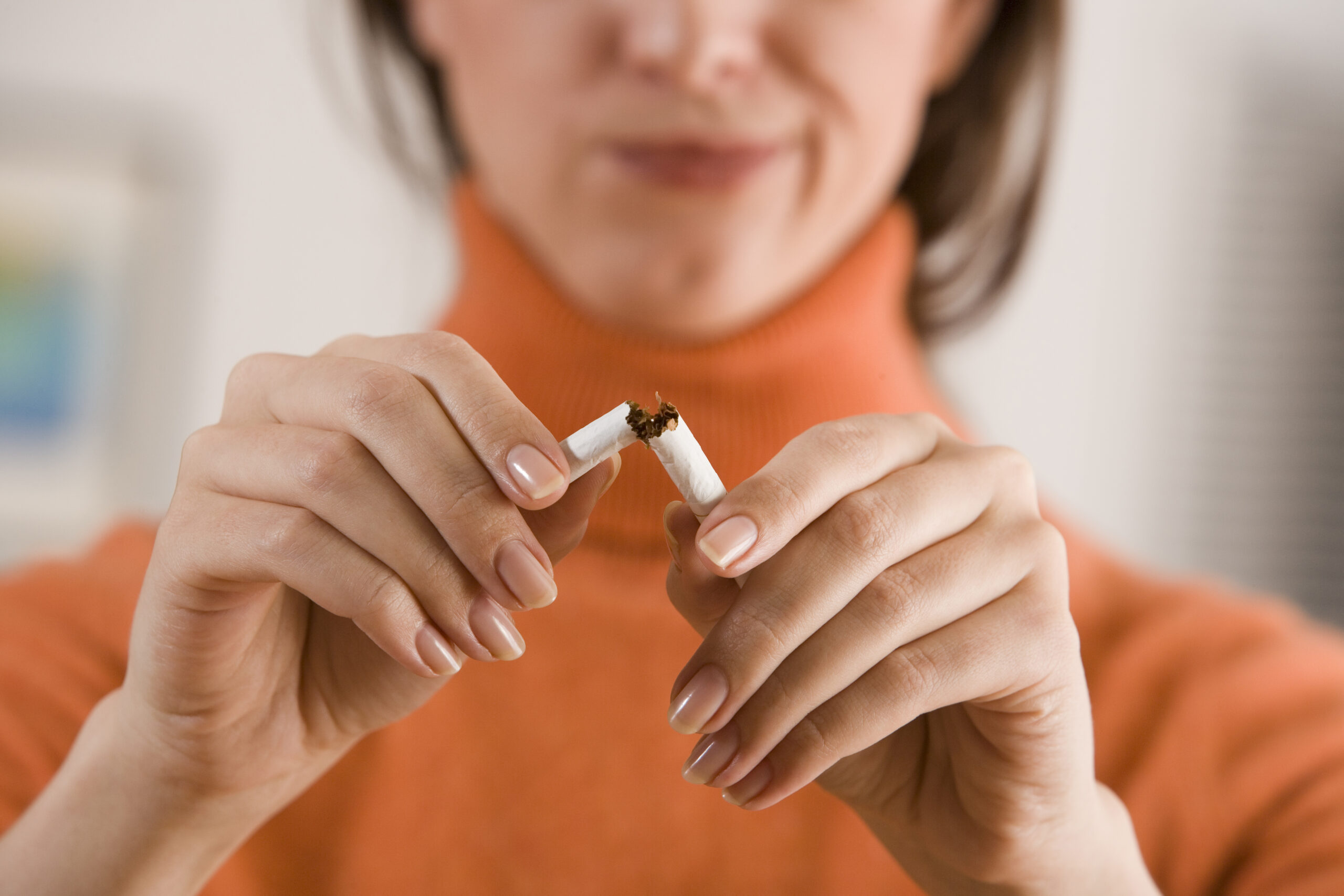Princeton Public School students who want to take a “vape break” during the school day are out of luck.
That’s because the school board has adopted regulations that ban the use of electronic cigarettes and other electronic smoking devices in all school buildings and on school grounds.
Princeton school district officials are concerned about the increased use of e-cigarettes, and are seeking to get ahead of the curve by adopting a policy and regulations that prohibit the use of tobacco products and e-cigarettes.
But it’s not the just the Princeton Public Schools Board of Education that is concerned about e-cigarettes and vaping among adolescents. State officials also are concerned about the health effects of e-cigarettes and vaping on young people.
Gov. Phil Murphy issued an executive order earlier this month to create a 10-member electronic cigarette task force to address the issue of vaping. The task force will make an initial report on its findings and recommendations.
Meanwhile, Student Assistance Counselor Michele Simborski told the school board that “vaping is on the rise” – despite the fact that the legal age to buy tobacco products, which includes e-cigarettes, is 21 years old.
Citing the U.S. Centers for Disease Control and Prevention, Simborski said the use of e-cigarettes, or vaping, among high school students skyrocketed by 78 percent since last year. For middle schoolers, the increase in vaping jumped 48 percent.
“The companies make ‘pods’ (for e-cigarettes) in mango and mint flavors. Who is that targeting? Our young people,” Simborski said.
The companies that manufacture e-cigarettes have designed them to resemble car key fobs, she said. E-cigarettes are slim and easy to hide, she said, adding that “we would not even know” that a student possesses one.
Nicotine is highly addictive, especially among young people because their brains are still developing, Simborski said. Nicotine withdrawal starts about 30 minutes after the last cigarette, and cravings for nicotine last about 15 or 20 minutes.
“We are looking at it as a true addiction,” Simborski said.
So how does the school district help students who violate the smoking and vaping policy?
Not by suspending them, because this is the time that the students “need us the most,” Simborski said.
Princeton High School Principal Jessica Baxter said that while most schools suspend students, it does not decrease the number of students who vape. Students may use e-cigarettes to cope with anxiety and stress, she said.
“What we propose is to be pro-active” and help the students to quit, Baxter said. The students want school officials to help them to stop, she said.
“We form relationships with the students. They know we care and they come to us,” she said, adding that more students are seeking help from high school administrators and staff.
If a student is caught violating the policy, the parents are notified and the student also has a mandatory meeting with Simborski. The offender must complete an online educational module.
Information is available to help students stop using e-cigarettes and tobacco products. There is a Truth app for teens, Simborski said. They can check in with her, she said.
There is even a “quit kit” that includes mint and chewing gum. Students can keep a marble in their pocket to help them control fidgeting, which is part of withdrawal, she said.
School board member Brian McDonald, who serves on the school board’s policy committee, thanked Baxter and Simborski for their efforts. The policy committee spent several months working on the policy, he said.
“I am jut so happy that our approach is being driven by our concern about student health and wellness,” McDonald said.
“Among the 600 school districts in the state, our approach has to be among the most thoughtful and comprehensive,” McDonald said.

